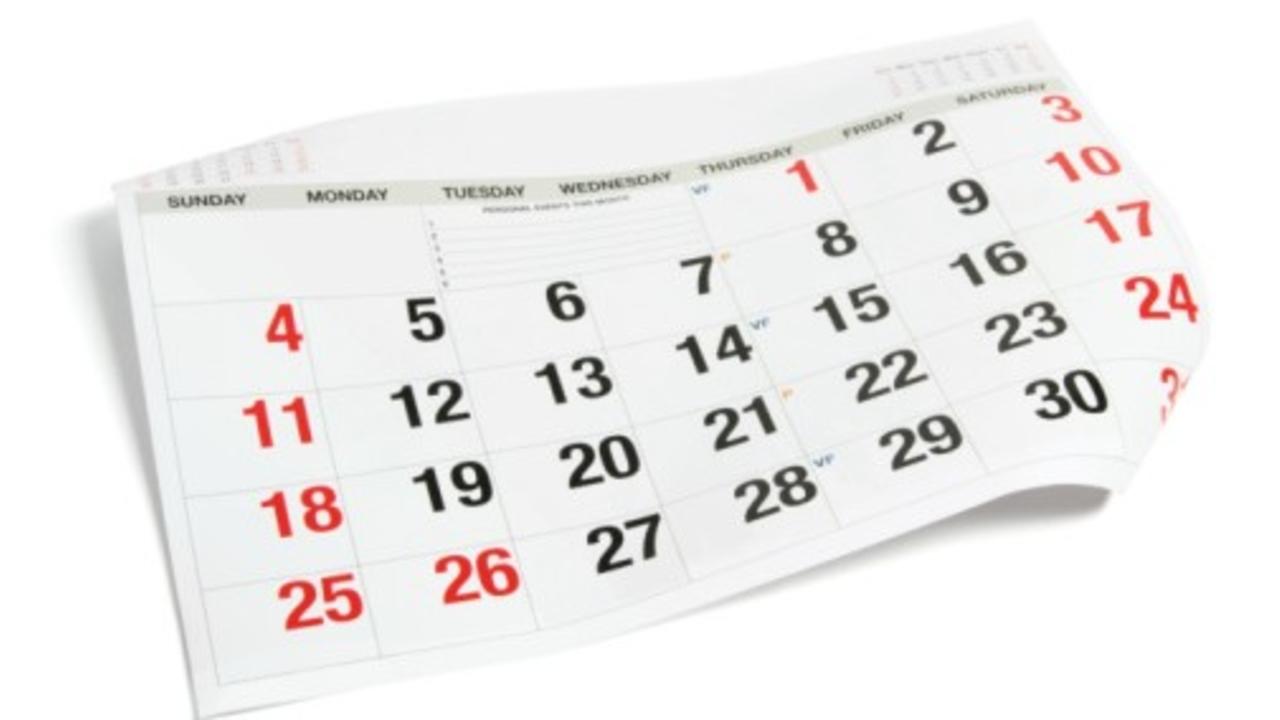7 Tips on Creating—and Managing Your Content Calendar

In a perfect world, we could put a pushpin on a calendar date and plan out days, weeks and months of special events, announcements, contests and news to share. Wow, an entire road map of content, blog topics and email promos. It would work out just fabulously.
[RELATED: To continue learning about communicating with confidence and clarity, join Communication Nation on Facebook.]
Of course, anyone who has walked the planet for a few decades knows that social media—and breaking news—can quickly push our best-laid plans out the window. If the TV interview you’ve been working on for weeks has arrived but there’s a major earthquake in California, your big moment might be rescheduled—or axed. That’s why you—and your editorial calendar—must be flexible.
First Things First
Though content planning can bring challenges, savvy professionals still keep a framework in place.
Templates that allow you to easily track—and update—content distribution are crucial. There are hundreds of freebie online templates available to download. Another option is to create your own document.
Consider the following seven points when choosing an editorial calendar:
- Will you be using it for traditional PR activities (press releases, events and TV news interviews) AND online content creation (Facebook Live, blog posts and podcasting)?
- Is a separate content calendar necessary for lead generation, calls-to-action and keywords?
- Do you prefer a weekly, monthly or quarterly calendar?
- Is it visually appealing and easy for you to organize—and revise?
- Will your team communicate online with Slack or are you a small team that prefers a paper calendar?
- Do you need a dashboard-style document with fields for deadlines, reviews, sales campaign collaboration, departmental/client approvals and publishing dates? These are typically used by agencies, corporate communicators and larger teams)
- Is it simple and realistic so you can function efficiently?
Here are examples from HubSpot, Curata and MeetEdgar:
The template below is more informal. It’s color-coded with sticky notes and is similar to Trello.com, a free app that many use to organize images and graphics.

Simplicity can be appealing as well:
(via)
Four Kinds of Content
Once you have your template, you’ll want to mark some special dates, events and occurrences. You may opt for something rudimentary, such as tacking a large desk blotter calendar page to the wall. Think old school calendars on the teacher’s desk.
There are four types of content:
Dated: Let’s begin with dates that are known and likely won’t change. For example, the anniversary of your organization, an annual conference, the Memorial Day parade or a state budget hearing.
Evergreen: These are undated stories that aren’t tied to a particular day. Evergreen content can be used any time during a month, season or year. For example, if you have a story about car safety, you can write a tip sheet or create a video on the importance of seat belts. It’s a year-round story. If you're educating people about drunk driving dangers, you could use the same content during the July 4th holiday or on Super Bowl Sunday.
During Autism Awareness Month in April, you can share content or pitch stories throughout the month. With specific dates, such as World Autism Awareness Day on April 2, you’ll have to wait until the following year if you miss it. The same is true with Valentine’s Day and Halloween.
Once you have dated and evergreen content on your calendar, backtrack a few days or weeks to prepare content and pitches. Mark the calendar when you should start drafting a press release, inviting reporters, scheduling Instagram posts or recording videos. This ensures your pitches and posts are timed appropriately. Also, when pitching print magazines, consider the lead time that’s necessary.
Breaking news: An important facet of editorial calendars revolves around breaking news, which can not be planned. However, there are significant opportunities for prominent placements and building credibility with reporters. For instance, if there’s a domestic violence incident with a celebrity and you work with victims of family violence, you may be able to ride the coattails of a national story. This practice—dubbed newsjacking—requires PR pros to think on their feet. Communicators who are sharp and can respond to a HARO query or contact reporters quickly and efficiently will get the attention of news decision-makers. Your willingness to be a subject matter expert can boost your credibility and get free press. You don’t have to actually do anything to create news, you simply reach out to the media who are facing tight deadlines. If you can offer a fresh angle—and be willing to talk in a pinch—reporters will see you’re a dependable source for future stories.
Repurposed: Don't archive your old material, thinking, “Well, this is history.” Peruse your old content and pick put a few of your most popular posts. You’ll likely be able to tweak a headline or freshen up a statistic repackage it as a slide deck, video or podcast topic.
In the end, a framework—and a willingness to think on your feet—can attract exciting content opportunities.






